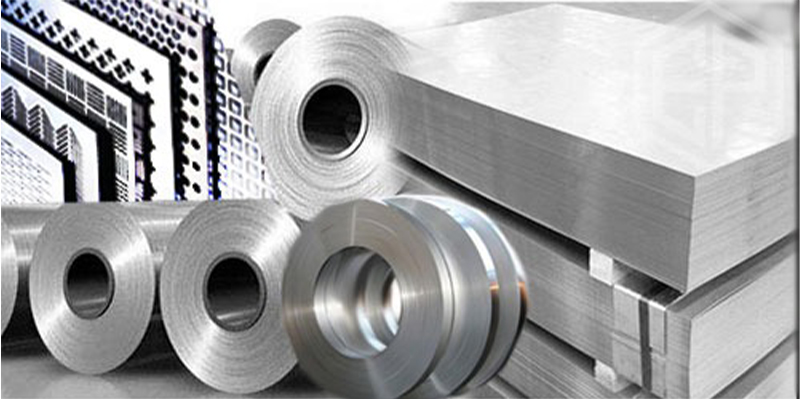STAINLESS STEEL TYPES
In stainless steels, alloys with different properties can be obtained by chemical composition, amount and types of alloying elements and heat treatment. According to their internal structure, stainless steels are divided into 5 main groups as AUSTENITIC, MARTENSITIC, FERRITIC, DUPLEX, PREDICTION HARDENING types. These;
1-Austenitic Stainless Steels; It is the most widely used type of stainless steel and is commonly known as the 300 series stainless steels and is based on 18% Cr and 8% Ni alloy steel. It has high corrosion resistance and is easily shaped. In addition to its superior corrosion and mechanical properties, its hygienic properties are very high. It is used in food production equipment, kitchen sinks, chemical equipment and chemical factories due to its ability to be used at low and high temperatures and its super properties.
2) Martensitic Stainless Steels; It is the first commercially developed stainless steel grade and was used in the production of cutlery in the early times. They contain more Carbon (0.1-1.2% C) than other stainless steels and contain 18% Cr and some Mo and Ni. Therefore, they have high hardness and magnetic properties. They are generally used in the production of knives, nails, surgical instruments, shafts.
3) Ferritic Stainless Steels; ferritic and martensitic steels are collectively known as the 400 series. Ferritic stainless steels are more difficult to form than other stainless steels and have magnetic properties. Corrosion resistance is very high and can be used in sea water environment, due to this feature, they are generally used in washing machines and water boiling systems. They are also used in automotive and exhaust systems.
4) Duplex Stainless Steels, in the simplest terms, is a mixture of Austenitic and Ferritic stainless steels and has good properties in both classes. They have high Cr and low Ni content, high corrosion resistance, and sometimes show magnetic properties. It is easy to shape and provides convenience in production due to its weldability. The group with the best features is called “superduplex”, and due to its features, they are widely used in tools and machines especially used in maritime.
5) Precipitation-Hardening Stainless Steels; although its natural structure is austenitic, its structure is changed with additional alloying element additives. With its changing microstructure, it shows high toughness, durability and wear resistance. At the same time, this class of stainless steel, which has high corrosion resistance, is used in the aviation and aircraft industry (shafts and pumps).
